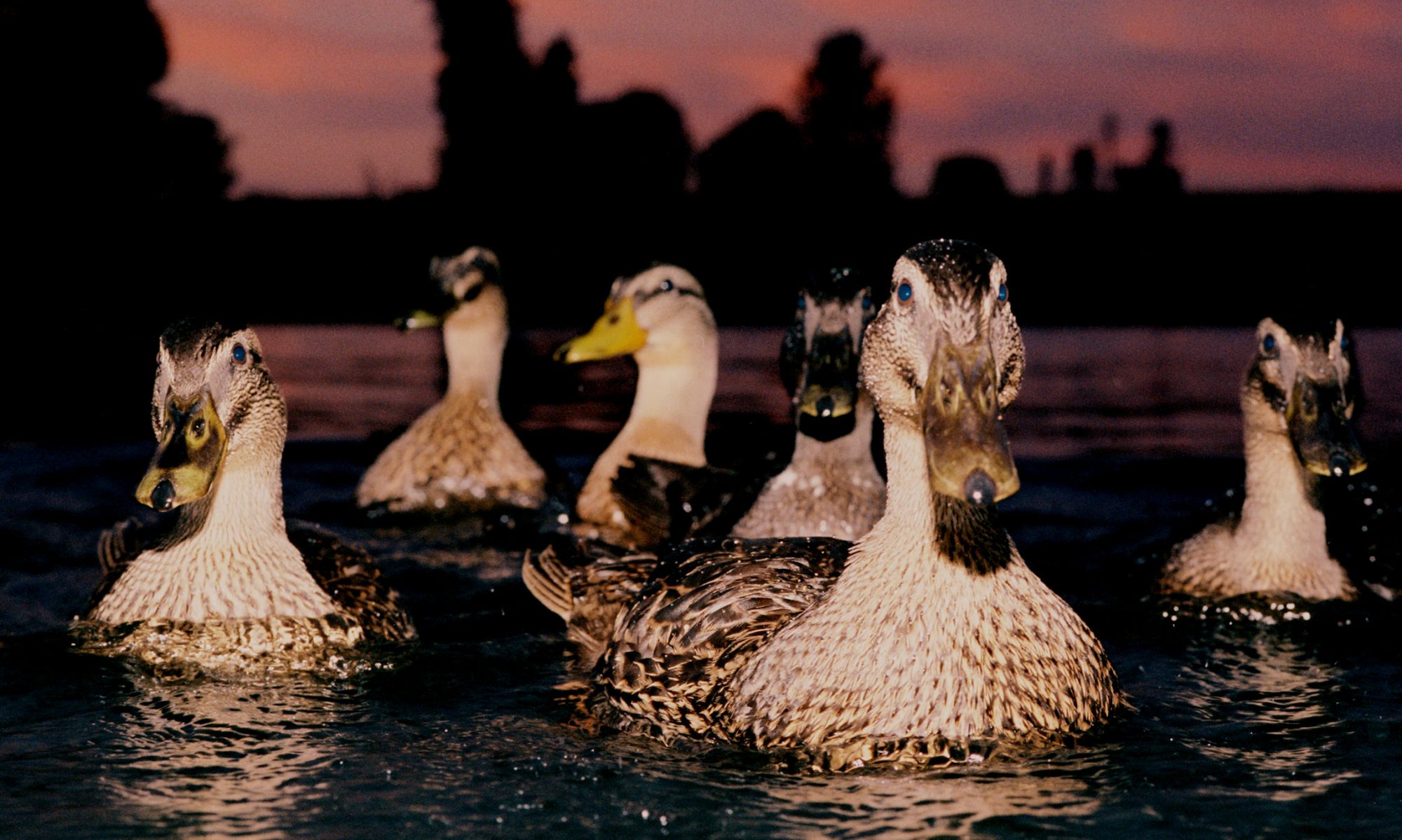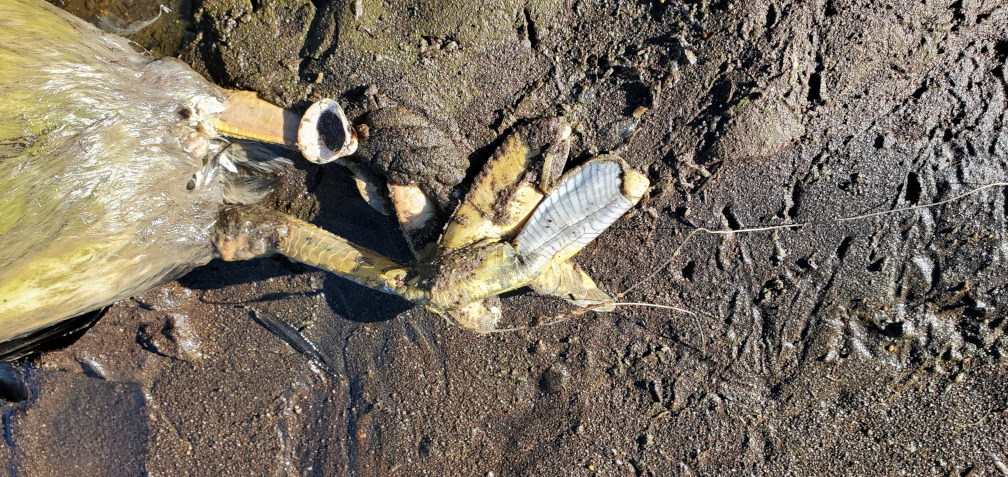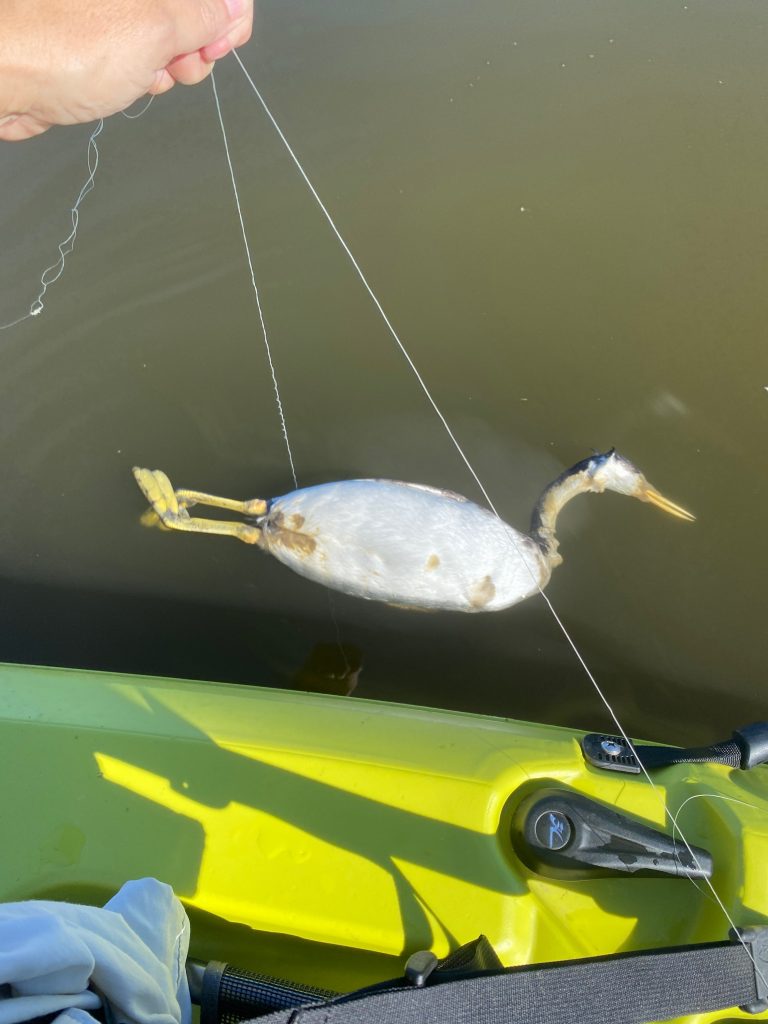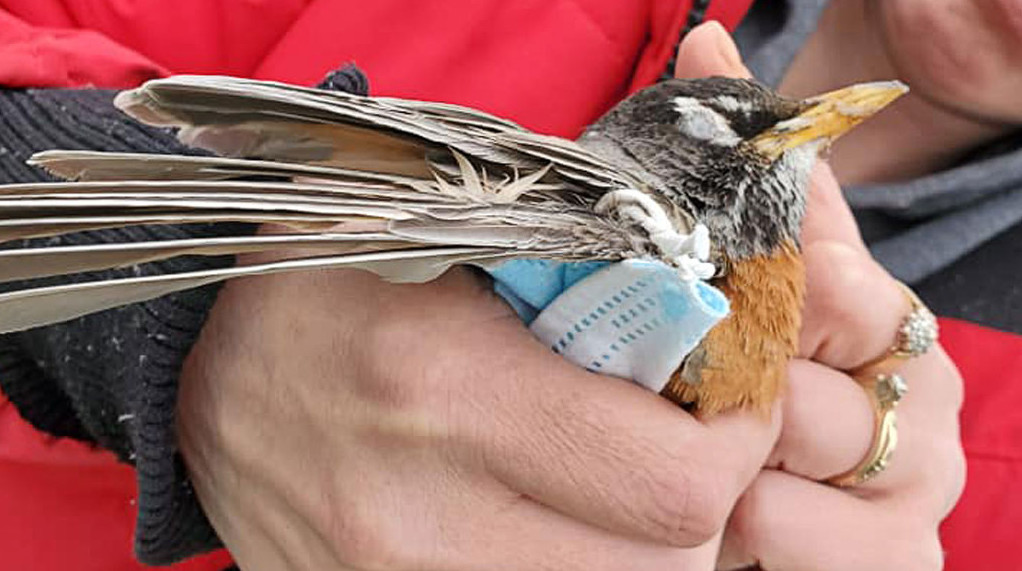Most of the fishermen we talk to enjoy being out there and seeing the herons and egrets and grebes and other birds while they fish. And most of them have expressed appreciation for our cleanup efforts. So I know that they don’t want to harm the birds. They just don’t know how to prevent it without putting an end to their hobby.
We recover a surprising amount of lost fishing line on Lake Hodges every single week. I can see the lake from my house and I see how many fishermen are out there and it seems like, on the average, maybe a quarter or more of them must lose at least one length of line every time they go out. It seems that they get a snag and just cut their line, leaving sometimes 50 to 150 feet of line drifting in the air or water waiting to entangle a bird. I think they do this because pulling until the line breaks will weaken the whole length of it and they will have to throw it away, anyway. It is a poor decision, but I think that is the reasoning.
I am an almost lifetime fishermen (quit in 2017 when we moved out of salmon and trout country) and I doubt that I’ve lost three pieces of line longer than a few inches in my life. I can’t actually remember losing any of my main line, ever. And I’ve never once, in almost 60 years of fishing, just cut my line to release a snag. I’ve pondered on that for the last couple of years and I suddenly realized why.
It has always been my habit to use a light leader on my line just above the hook or lure. This makes the line harder for the fish to see and makes the lure or bait look and move more naturally, resulting in more strikes. So how does this help the birds? If your hook snags on something when you are using 12 pound line and a 6 pound leader, for example, you can pull until the leader breaks. It will break before the main line ever starts to stretch. This will leave a hook and a few inches of line snagged on the bottom or in a tree, but a hook buried in wood will rust away without harming a bird and a few inches of line is not enough to entangle a bird.
So if you are a fisherman – anywhere in the world, not just at Lake Hodges – please tie a light leader of about half the weight of your main line between your main line and your hook or lure. Then, if you get a snag, pull until the leader breaks. It will not damage your main line to do this. If you use a lightweight rod, keep your tip pointed at the snag so you don’t damage it. It will hurt nothing, will probably improve your strike rate, and will help keep those birds alive that you enjoy watching while waiting for the fish to bite.
If you fish with bait, please consider either attaching your weight to the leader or using a three-way swivel and hang your weight by a piece of light weight leader from the third eye. That way you can also safely pull and break the leader if the weight gets stuck somewhere.
If you are afraid the fish is going to break your lighter leader and get away, learn to adjust your drag. Besides, this is supposed to be a sport, so make it sporting. If the fish doesn’t have a chance, then you might as well be pulling in tuna cans.



